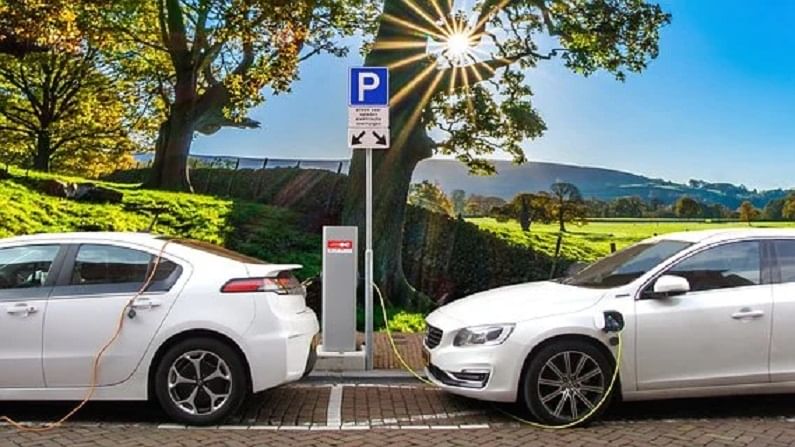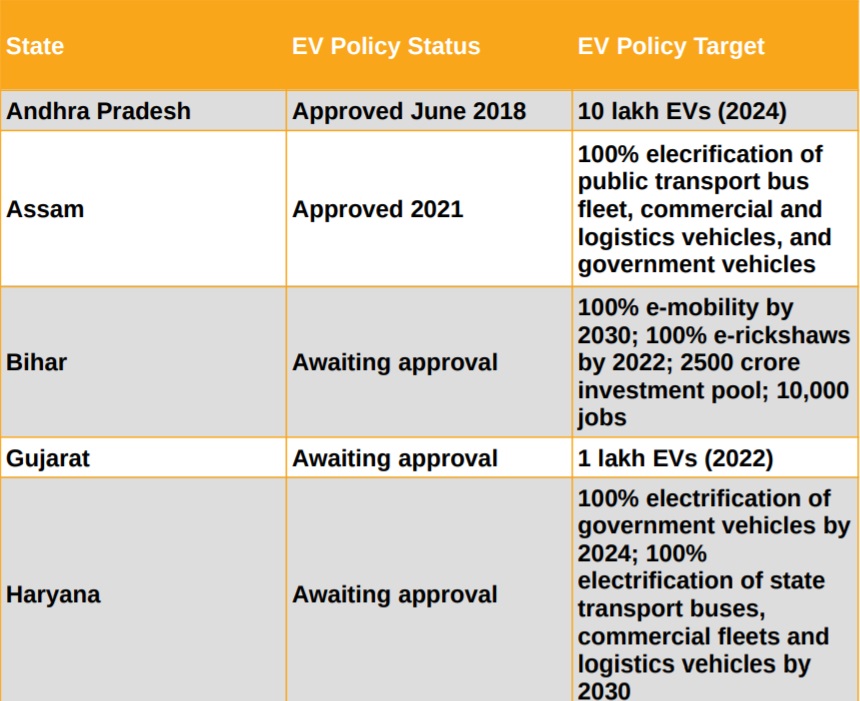India’s push for clean mobility: Role of EV in the dawn of alternate fuel sources
Niti Aayog has urged all states and union territories to adopt a well-defined EV policy for their respective jurisdictions.

The quest for clean mobility is set to bring a paradigm shift in transportation for the human race and is going to be a critical aspect towards sustainability. In India, the transportation sector is the third highest contributor of CO2 equivalent emissions with a sectoral share of 13.2% and road transport is responsible for 90% of this sector’s total energy consumption. Automobiles, through exhaust gases, emit air pollutants such as carbon monoxide (CO), oxides of nitrogen (NOx), PM and other harmful hydrocarbons (HC). Classified as criteria pollutants, these compounds, in addition to sulphur dioxide (SO2) are significant contributors to adverse health impacts. Globally as of 2020, air pollution by virtue of vehicle emissions is estimated to have caused economic damages amounting to $2.9 trillion per year and has a direct correlation to nearly 7 million premature deaths annually.
With a domestic share of 80.83% of all motor vehicles present, two-wheelers are a key segment for emission control in India. Post Covid-19, the shift in preference for private mode of transport indicates that the passenger vehicle density in India is bound to further increase. It is in this space that EVs are ably positioned and have a critical role to play in the country’s transition towards clean mobility. Correspondingly, the government-backed push for electric mobility witnessed the two-wheeler segment topping the domestic electric vehicle sales trend with total sales of 0.1 million units as of 2019.
The Indian electric vehicles (EV) market is experiencing rapid growth. The market which was valued at USD 5 billion in 2020, is expected to grow at a CAGR registering above 44%, to almost $47 billion dollars by 2026 (Mordor Intelligence, 2021). Ola’s foray into the Indian EV space and the buzz created around its ‘Futurefactory’ was a boost to the Indian EV market post the pandemic slump. With a manufacturing unit capable of producing 10 million scooters per annum, Ola has set the tone for the future of e-mobility in India. More recently, the automobile giants – HONDA, KTM, YAMAHA and Piagio Group signed an agreement to create the Swappable Batteries Motorcycle Consortium (SBMC). With a strong consumer base in India and with the intent to develop vehicles having common specifications, these automobile manufacturers are set to further improve the penetration and attractiveness of EVs.
To tackle the threat of air pollution, India, with 22 of the world’s 30 most polluted cities, leapfrogged from BS-IV norms to BS-VI norms. In the interest of a cleaner and efficient future, it is necessary that the supply and demand needs of the transport ecosystem are nudged towards greener alternatives. The benefits of owning an EV must be conveyed to the public in a simple and easy-to-understand language. In this regard, consumer information tools such as the Green Vehicle Rating (GVR), is a pioneering step towards advocating clean mobility to consumers.
On the regulatory front, it is well known that Niti Aayog has urged all states and union territories to adopt a well-defined EV policy for their respective jurisdictions.
As shown below, a total of 20 states in India have drafted their EV policy, with a majority of them already in effect. From manufacturing catalysts such as the PLI scheme for Advanced Chemistry Cell (ACC) batteries to extensive research on planning of charging infrastructure, the EV industry has made progress across its value chain.



Source: Transport Policy (Transportpolicy.net)
As evident, the electrification of the transport sector is poised to play a critical role in allowing India to realise a low carbon and sustainable future. Especially, in the backdrop of the alarms raised by the recently published IPCC report, clean mobility is a necessity today and the EV industry is best placed to address the immediate objective to decarbonise the transport sector.
(The writer is a Consultant working with the Power Utility and Electric Mobility team at the Alliance of Energy Efficient Economy)
Download Money9 App for the latest updates on Personal Finance.
Related
- मैक्सिको के 50 फीसदी टैरिफ पर सरकार ने शुरू की बातचीत; जल्द समाधान की उम्मीद
- इंडो- US ट्रेड डील में पहले हट सकती है पेनाल्टी, रिपोर्ट में दावा
- रुपये ने फिर बनाया ऑल टाइम लो, जानें क्या है वजह
- बैंक कस्टमर के लिए बड़ी खबर, RBI हटाएगा ओवरलैप फीस,
- मैक्सिको ने अपनाई US जैसी पॉलिसी, 1400 से ज्यादा प्रोडक्ट लगाया भारी टैरिफ
- SpiceJet विंटर सीजन में जोड़ेगी 100 नई फ्लाइट्स! Indigo के कटे रूट्स का करेंगी भरपाई

